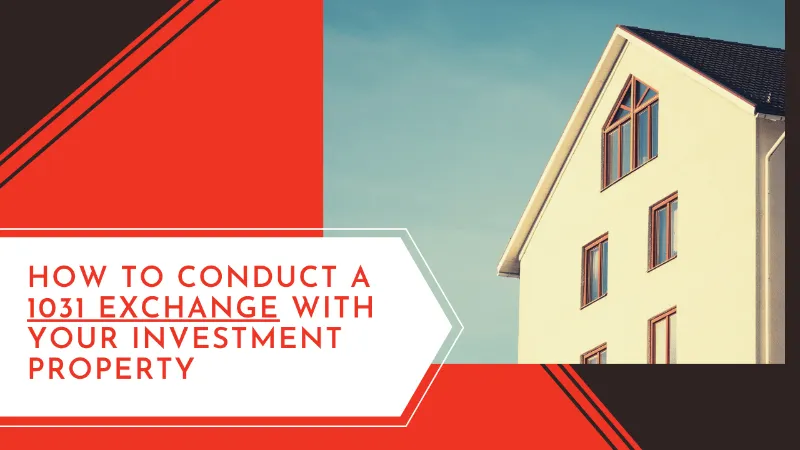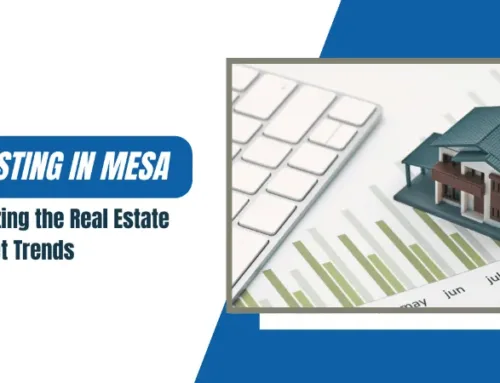
Many real estate investors with Phoenix rental properties have discovered the potential and the savings involved in a 1031 tax-deferred exchange. The term 1031 represents the section of the IRS tax code that allows investors to trade like-for-like real estate to defer the payment of taxes on some or all of the gains they earn when selling investment property.
You can use this program to grow your investment portfolio, let go of a property that no longer fits your investment goals, or do something different in your strategy for buying and holding Phoenix real estate.
But, you have to do it right. The 1031 tax-deferred exchange can be complicated if you’re not aware of the requirements and you’re not working with the right professional partners.
Here’s how it should be done.
Navigating the 1031 Rules
For many years, the tax rules required the 1031 exchanges to take place simultaneously. This requirement led to a process of fast scrambling and seriously twisted dancing on the part of the exchangers.
This was never a procedure for the faint of heart, especially when investors were exchanging large properties worth a lot of money. Many times there were several “legs” that were required to make the deals work.
Before the rules were changed there was an association of exchangers, and they gave an award every year for the transaction with the most legs.
Then, the system changed when a really smart attorney or title officer argued for the use of a Clifford Trust to hold sold property for use in a 1031 exchange at a later date. This eliminated the need for actual simultaneous exchanges. A whole body of IRS rulings has sprung up around this process. It’s also become easier for owners to manage.
However, it’s still not something to do on your own. As they say when talking about precarious events, don’t try this at home. Always use a title company and do not bend the rules.
Let’s say that again: Do No Bend the Rules.
It will only get you in a lot of trouble. Make sure you understand what’s required before you initiate a 1031 exchange.
Elements of the 1031 Exchange
Specific steps need to be taken when you want to defer your taxes with a 1031 exchange. First, you’ll want to make sure you qualify. The 1031 exchange is for investment properties. You cannot sell the home you’ve been renting out for a decade and then reinvest the money on a property you plan to occupy.
The requirement that you exchange with a like property or properties doesn’t mean you have to sell one condo unit and buy another condo unit. The new property you choose simply has to be an income-producing investment just like the one you’re selling. The new property must also have a value that is the same or higher than the original property. If you walk away from the exchange with any profit, you’ll be liable for the tax.
1031 Exchange Timelines and Intermediaries

Talk to your Phoenix property managers about a referral to a title company because a professional intermediary is critical for this transaction. You cannot take any of the cash from the sale of your property. The intermediary will hold your funds until they can be reinvested in your new purchase.
Remember, all or most of the gain that is deferred is moved to the new property, reducing the basis with two effects. First, depreciation is less because the basis is lower. Second, on sale the gain is calculated from the new basis (which you used to defer the tax on the first sale).
If you’d like any help with a 1031 tax-deferred exchange, a Phoenix property management company can help. Contact us at PURE Property Management.

